I don’t just want to build one village.
I want to see more vibrant regenerative communities all over the world.
It happens to be a topic hot on the tongues of others, too.
Everywhere I turn in the regen space, people talk about building “the meta network”, “fractal communities” and “decentralized community networks”.
Some people I take seriously when they say it.
So let’s ground those lightning bolt dreams.
To scale one regenerative village project into many, we have various approaches available to us. The goal of each is to facilitate growth, replication, and broader impact. Here are 6 viable models for scaling regenerative village projects:
1. Hub-and-Spoke Model
In the hub-and-spoke model, a central regenerative village (the hub) serves as a demonstration site and knowledge center.
Surrounding satellite villages or communities (the spokes) replicate the model with adaptations to local contexts.
The hub provides technical expertise, training, and resources to support the development and scalability of satellite villages, fostering a network of interconnected regenerative communities supporting by the central community.
Strengths: Promotes organic, regional scalability that functions well because of a culturally similar context.
Weaknesses: Potentially limited in scale/size, the hub can act as a bottleneck for further growth.
2. Franchise Model
You build one model that works and then recreate that experience elsewhere.
Similar to commercial franchises, the franchise or licensing model allows established regenerative villages to:
expand their successful brand and network of villages
license their brand, operational processes, and design principles to new communities.
This approach facilitates rapid replication while maintaining consistency in original regenerative practices and community values.
Franchising or licensing agreements define quality standards and their blueprint of how to build and operate, ensuring adherence to “what works” across multiple locations.
Strengths: Projects can acquire strategic locations not limited by proximity and can therefore scale profitability; projects can make money from their success
Weaknesses: Tendency to focus on the infrastructural aspect as a product; uniformity=fragility.
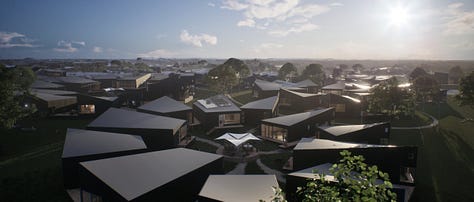
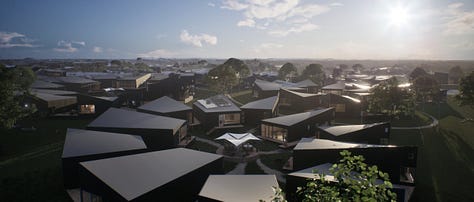

3. Open Source and Collaborative Development
This model allows separate groups to build villages, but unites them through a knowledge commons.
Embracing open source principles involves sharing knowledge, designs, and best practices freely amongst budding regenerative communities.
This establishes resilience, and scales the overall village building movement.
What we need to achieve this are collaborative development platforms and networks to enable service providers, researchers, and communities to co-create innovative solutions and adapt regenerative models to diverse environments.
Strengths: Open source frameworks promote transparency, inclusivity, and continuous improvement, driving scalability through collective intelligence and decentralized innovation.
Weaknesses: Open source models will spawn many unrelated villages that may or may not forge relationships of mutual care.
4. Community Land Trusts (CLTs)
Community land trusts already facilitate community ownership and stewardship of land for regenerative village projects. CLTs acquire and hold land in perpetuity, ensuring affordability, equity, and long-term sustainability for residents.
By separating land ownership from housing ownership, CLTs promote access to affordable housing, protect natural resources, and empower communities to implement regenerative land use practices.
Now hear me out.
Imagine a CLT that stewards multiple, discontiguous areas of land. I feel this is not so far off from #5 on this list, yet it is defined by its legal structure.
Strengths: Unites land under common values, while fostering community autonomy, resilience, and intergenerational equity.
Weaknesses: Acquiring new land to add once the CLT has been formed involves legal and financial input.
5. Network State / Coordi-nation / Digital Nation
You might otherwise just call this the decentralized approach.
Creating a network state or coordi-nation mechanism involves establishing (mostly virtual) alliances, networks, or federations among regenerative villages and villages-to-be.
These networks facilitate knowledge sharing, resource pooling, collective advocacy, and coordinated action on common challenges and opportunities.
They are also united by some shared identity or kinship, even if it’s just as a member of the network.
A Regenerative Network State would leverage the global movement of village builders to create an entity with enough collective resources and talent to achieve their shared ambitious aims.
The fastest way to do this, as Cabin proves model, is to acquire and activate existing properties.
Strengths: This model enables regenerative villages to amplify their impact, influence policy at regional or national levels, and promote the scaling of regenerative practices across broader landscapes.
Weaknesses: High levels of coordination skills are required to achieve coherence between the many unique and moving parts in the formation of such a decentralized entity.
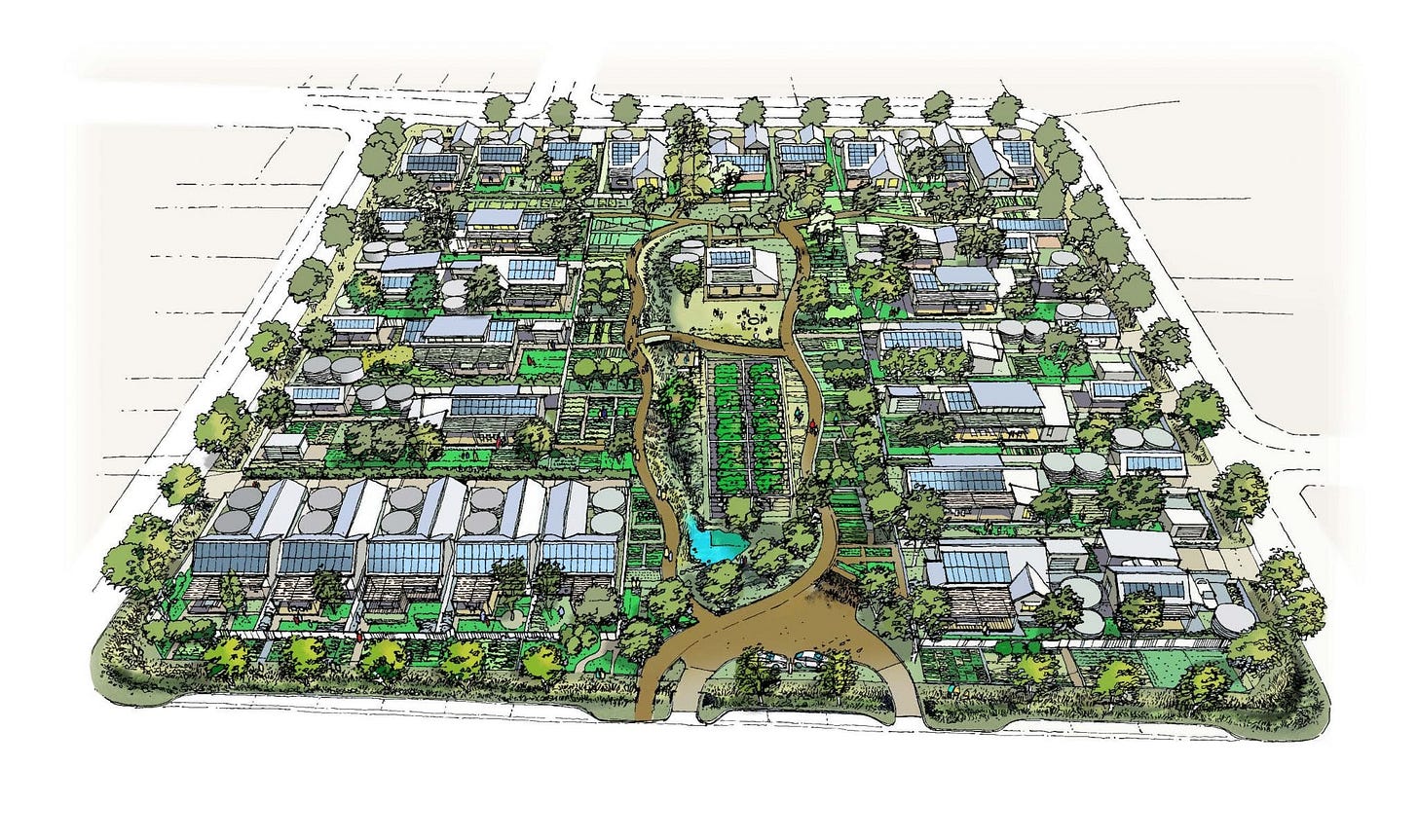
6. Integrated Eco-Development Zones
This is for people who are excited about urban regeneration.
Eco-development zones could be a new type of zoning, and/or leverage existing types of zoning like Planned Unit Development (PUD), Conservation Subdivisions, Eco-Districts, Green Overlay Zones, Form-Based Codes, Opportunity Zones, Agricultural Urbanism, and Transit-Oriented Development (TOD).
This zoning would integrate regenerative villages into larger eco-regions or landscape-scale conservation areas. The zones would encompass multiple communities, agricultural lands, and natural habitats interconnected through ecological corridors.
Public-private partnerships (PPPs) would then involve collaboration between government agencies, private enterprises, and community stakeholders to develop and scale the villages.
Governments provide policy support, regulatory incentives, and infrastructure investments; private sector entities contribute expertise, funding, and technological innovations; communities provide feedback and local context for what wants to be built there.
This model leverages complementary strengths/resources and aid existing areas of settlement to transition to a more regenerative layout.
Strengths: Creating regenerative settlements in urban areas is perhaps the most needed form of a regenerative village, and this is likely to be the model with the most public funding available to it.
Weaknesses: Developments would have to contend with the more bureaucratic processes in place for urban developments.
Replication through Capacity Building and Training
Whichever model we choose, we need knowledge.
Capacity building and training programs would empower local communities and stakeholders to replicate regenerative village models independently.
We need workshops, apprenticeships, and certification programs to provide hands-on training in regenerative agriculture, sustainable building techniques, community governance, etc. We nee more of these:
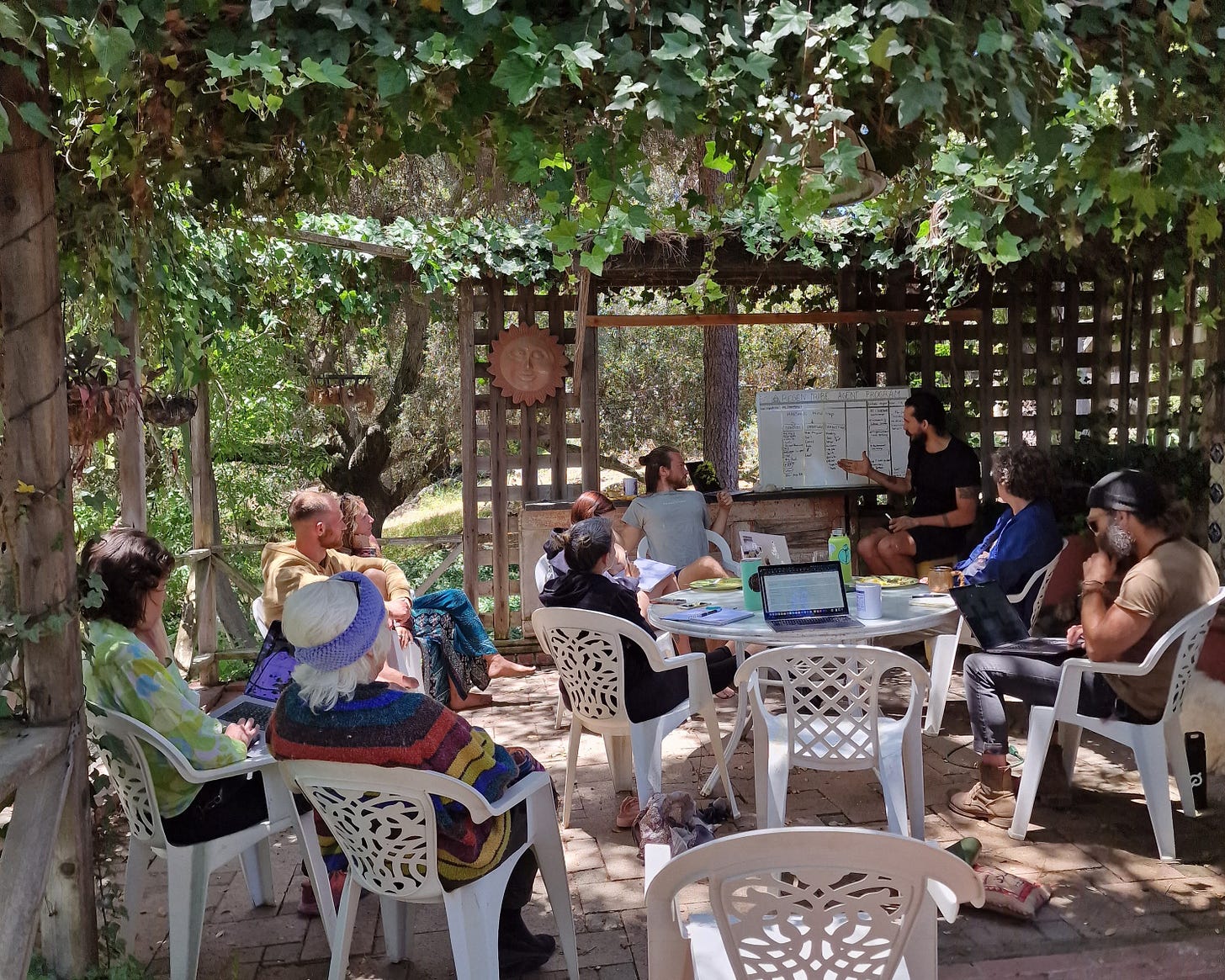
Building local capacity enhances self-reliance, fosters innovation, and accelerates the adoption of regenerative villages across diverse geographic and cultural contexts.
I’m working on a project that will do this at scale.
The Global Revillaging Movement
I revise what I said at the beginning, because I don’t just want more villages.
I want a mesh network of villages that share resources, knowledge, and an occasional meal together. Yes, we live in an increasingly global world, and it is ever more possible to meet up with people in Portugal or Japan that share your vision of building villages.
Yet, when we think about scaling, the best place to scale is right where you are.
Perhaps better words would be expand, root, and ripple out. Because villages should probably not simply replicate like bacteria, but grow over the degraded land and culture that we see until it’s all green again.
One of my affiliated partners, Community Finders, run by Cynthia Tina, offers services for people seeking ecovillages or building ecovillages. I highly recommend you join one of her courses to uplevel your ecovillage journey.
Use the code TERRENITY for $100 off your ecovillage tour.






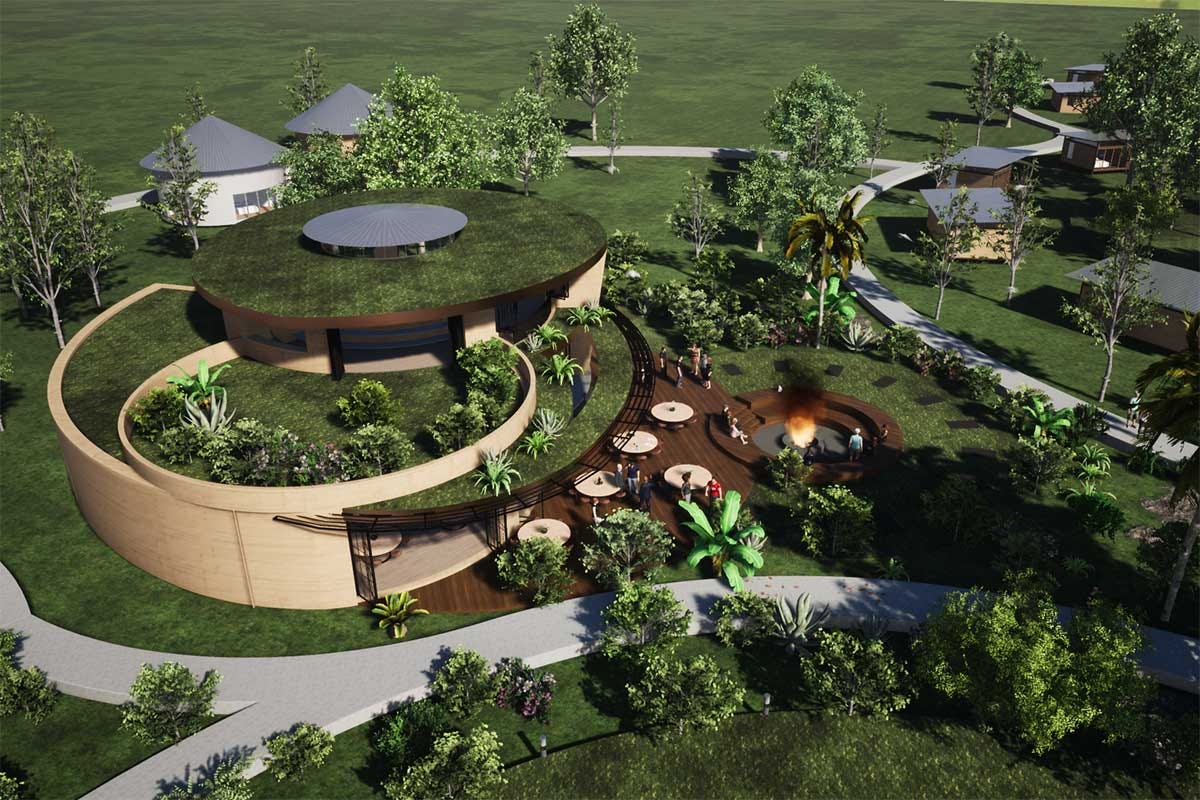
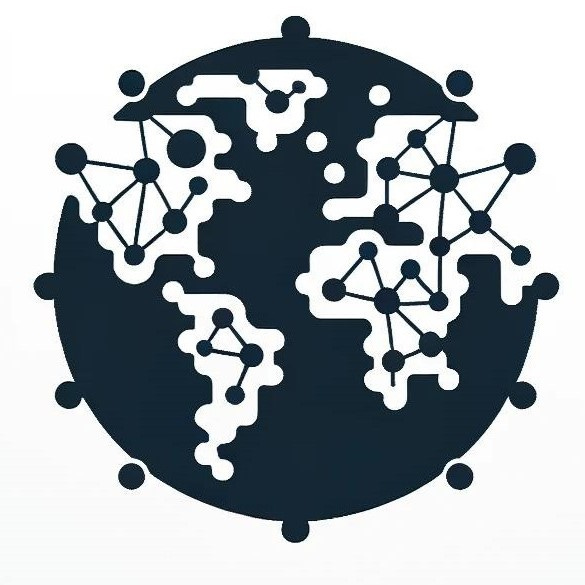
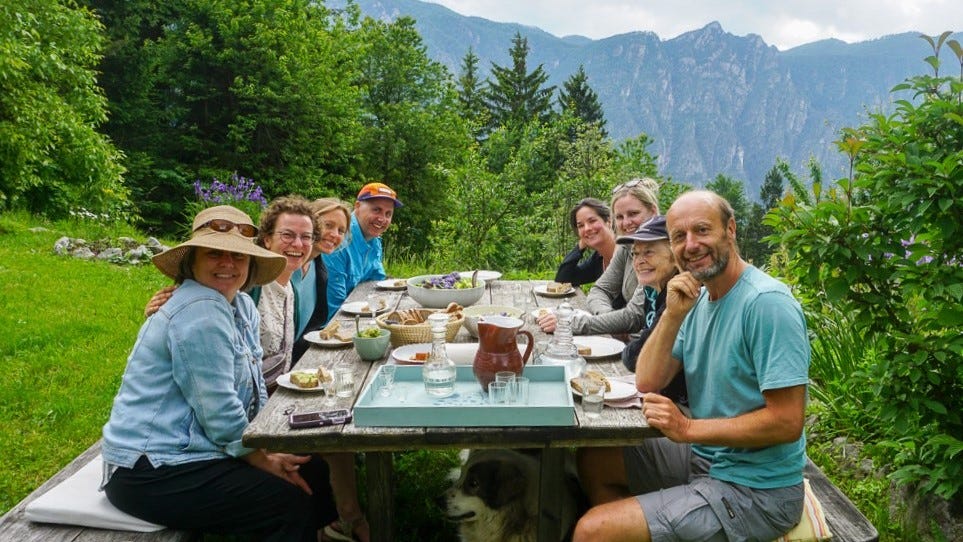
Yes! I'm currently focusing on #1 and #3, and keeping my eyes on #5 as that ecosystem grows.
We need people trying all of them and sharing successes/failures, merging and combining them in different ways. So exciting to see these ideas spreading!
Great article…exciting to see the passion…We are on the same path, working towards the development of a ‘network of circular economy villages’. Our strategy is to create a replicable village development model. We have developed the town planning process, now working on the financing, based on Community Land Trust principles… see https://cevco.life